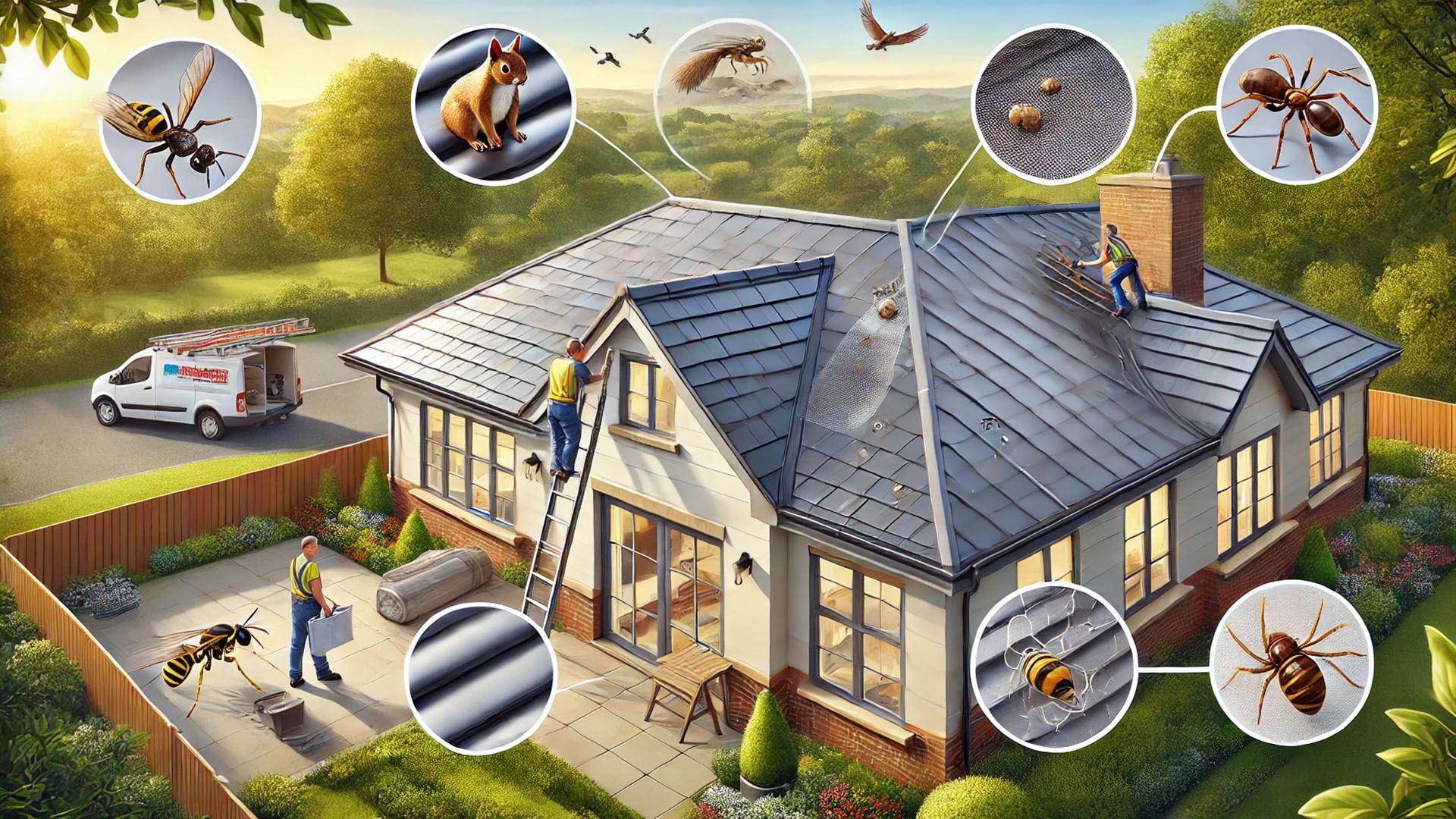
Understanding the Risks: Why Pests Target Your Roof
Pests are not merely nuisances; they can spell disaster for roofs and their occupants. An understanding of why these critters invade residential spaces is crucial for effective prevention. They are drawn to roofs primarily for food, water, and shelter—essentially the comfort that homes provide. From the warmth of lofts to the abundance of locations for nesting, rooftops become an attractive option for pests such as wasps, rodents, and birds. Recognizing these motivators is the first step roofing contractors can take to enhance pest resistance in homes.
The Importance of Choosing Pest-Resistant Materials
One of the most effective strategies roofing contractors can utilize is the selection of pest-resistant materials. For example, metal roofing panels discourage vermin due to their smooth surfaces that prevent footholding and nesting opportunities. Similarly, concrete, clay, and slate roofing materials present formidable barriers, making it difficult for any critter to burrow in. This is crucial for regions where pests are prevalent, as these materials provide reassurance against infestation.
Continuing Education: Staying Ahead of Pest Control Techniques
Beyond material selection, roofing professionals can bolster their defenses against infestations through ongoing training. The Chartered Institute of Building offers valuable opportunities for roofers to learn best practices and ethical codes. This professional development is essential; it not only enhances their technical abilities but also familiarizes them with unique product features that can optimize pest control.
The Value of Routine Maintenance Inspections
Regular maintenance is a cornerstone of pest control as it allows homeowners to catch potential issues before they escalate. Many people understand the importance of consistent roof care but often neglect it due to busy lifestyles or simple oversight. Roofing professionals can help by emphasizing long-term savings associated with regular inspections, alongside the financial repercussions of neglecting maintenance—including pest issues.
Conclusion: Taking Action for a Pest-Free Home
Incorporating these strategies not only protects a home's roof but also extends its lifespan, ultimately saving homeowners from costly repairs associated with pest damage. As roofing contractors, embracing these proactive measures boosts your service offerings. Start by recommending pest-resistant materials, enrolling in specialist training, and promoting maintenance inspections—your clients will thank you for it in the long run!
 Add Row
Add Row  Add
Add 




Write A Comment